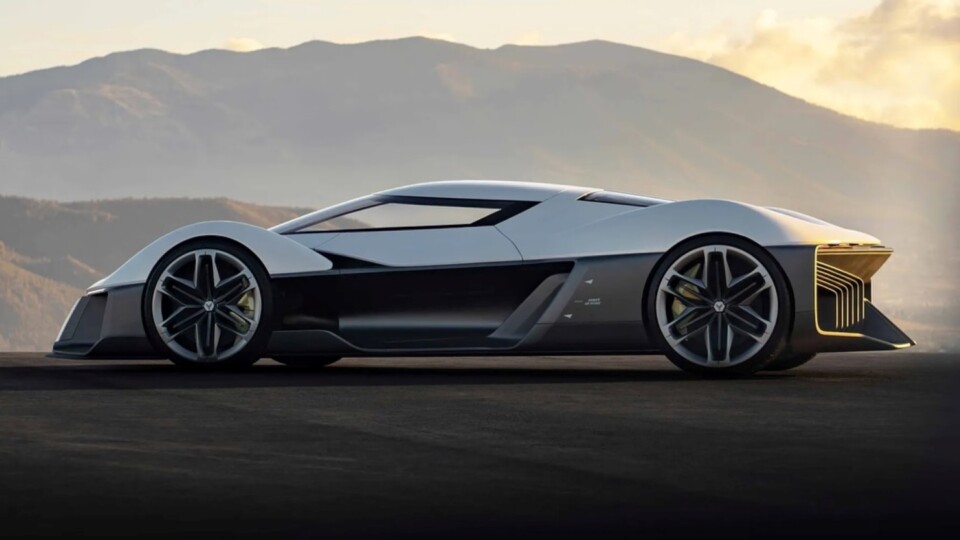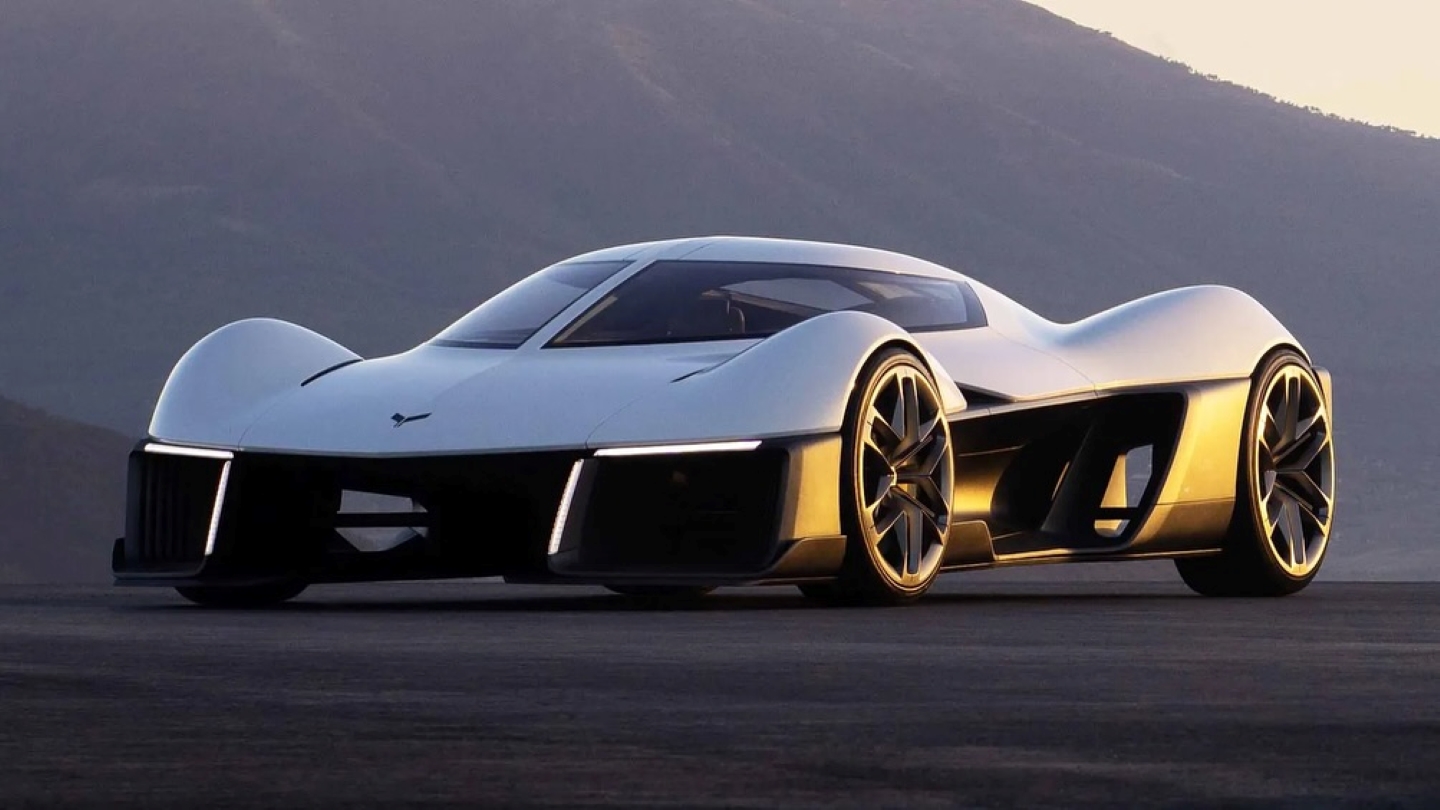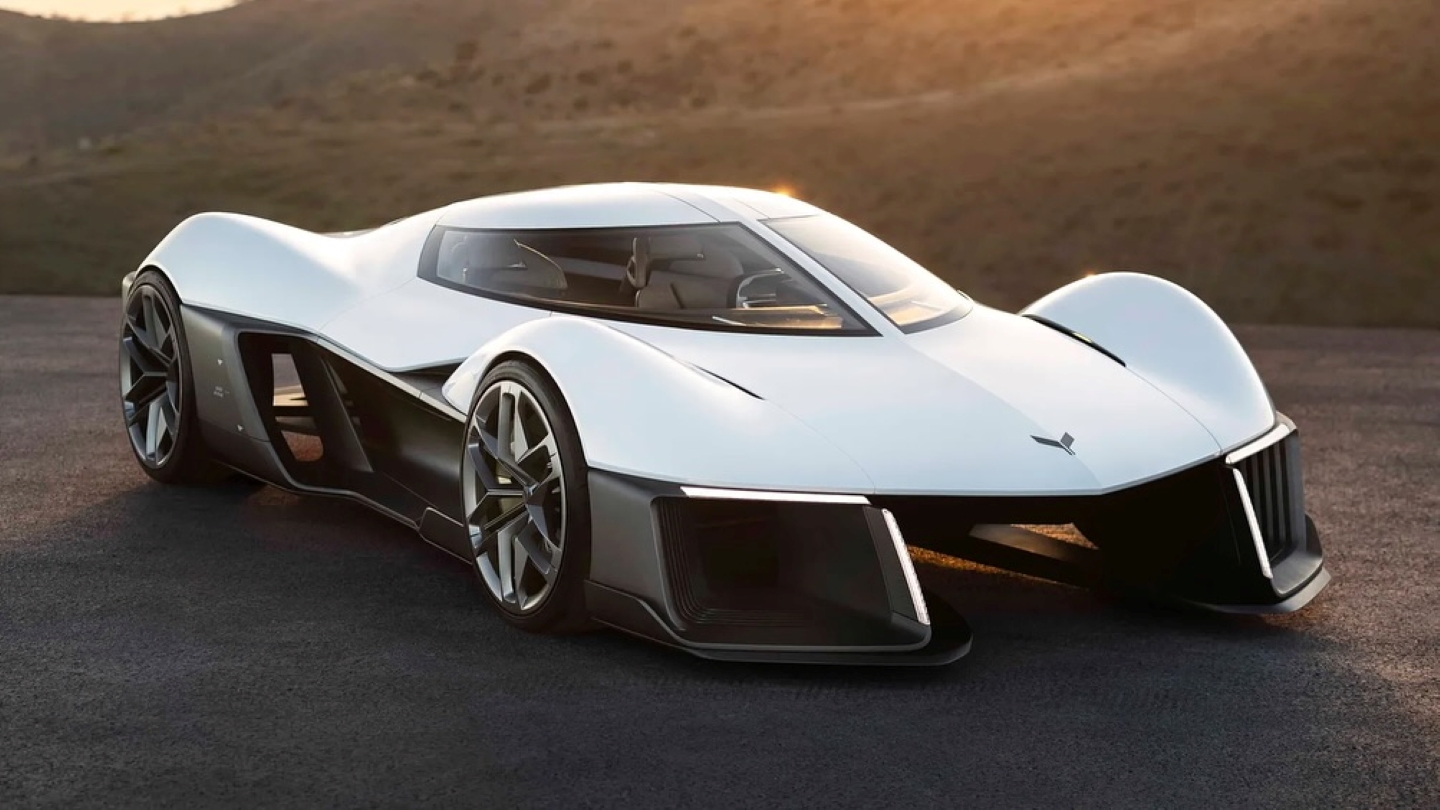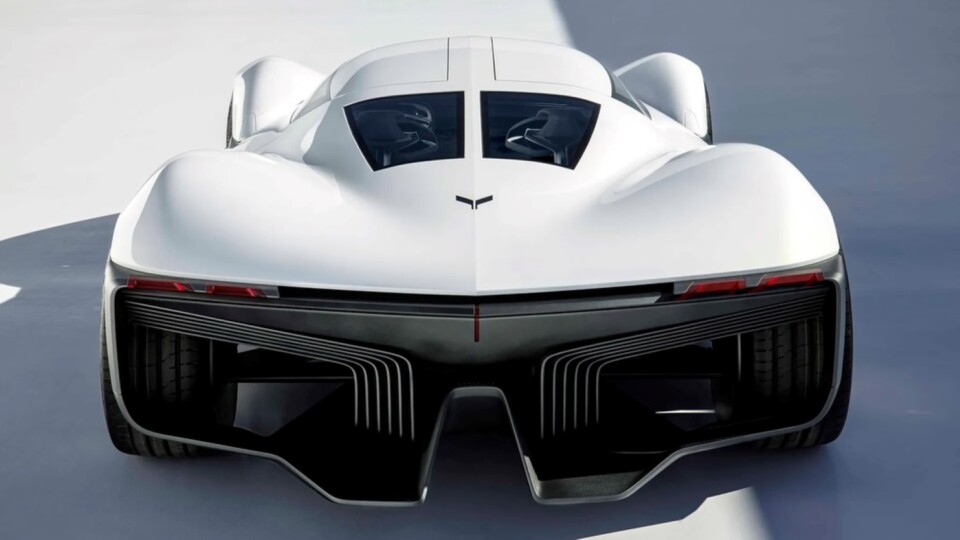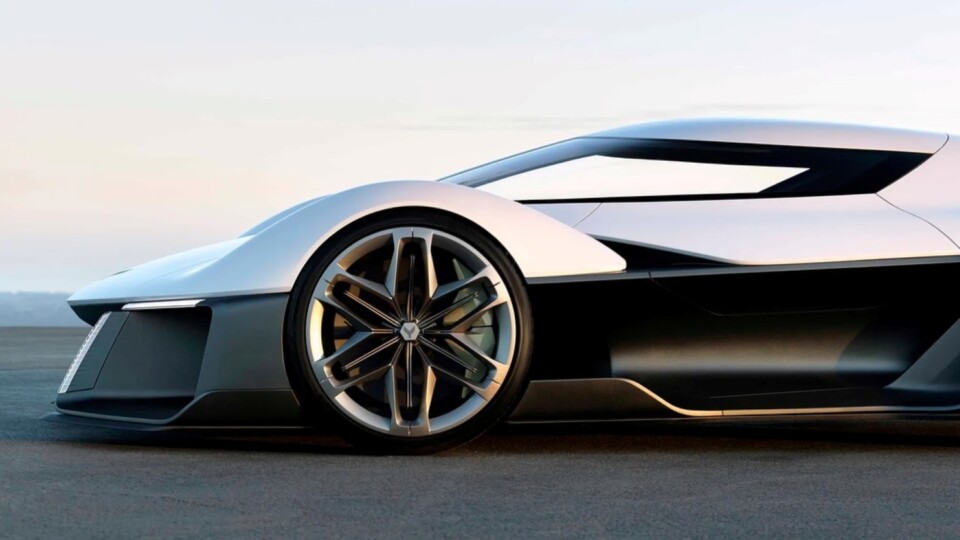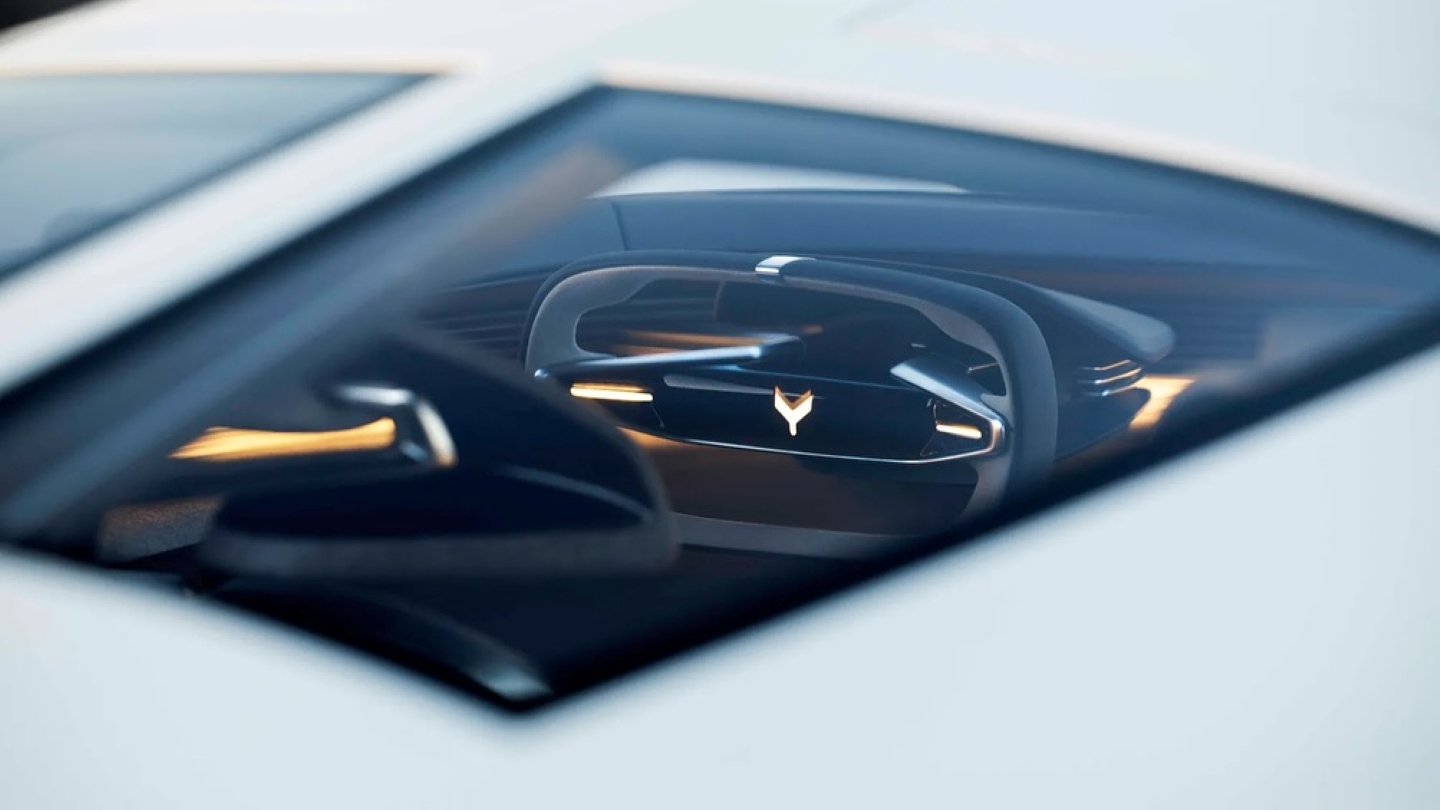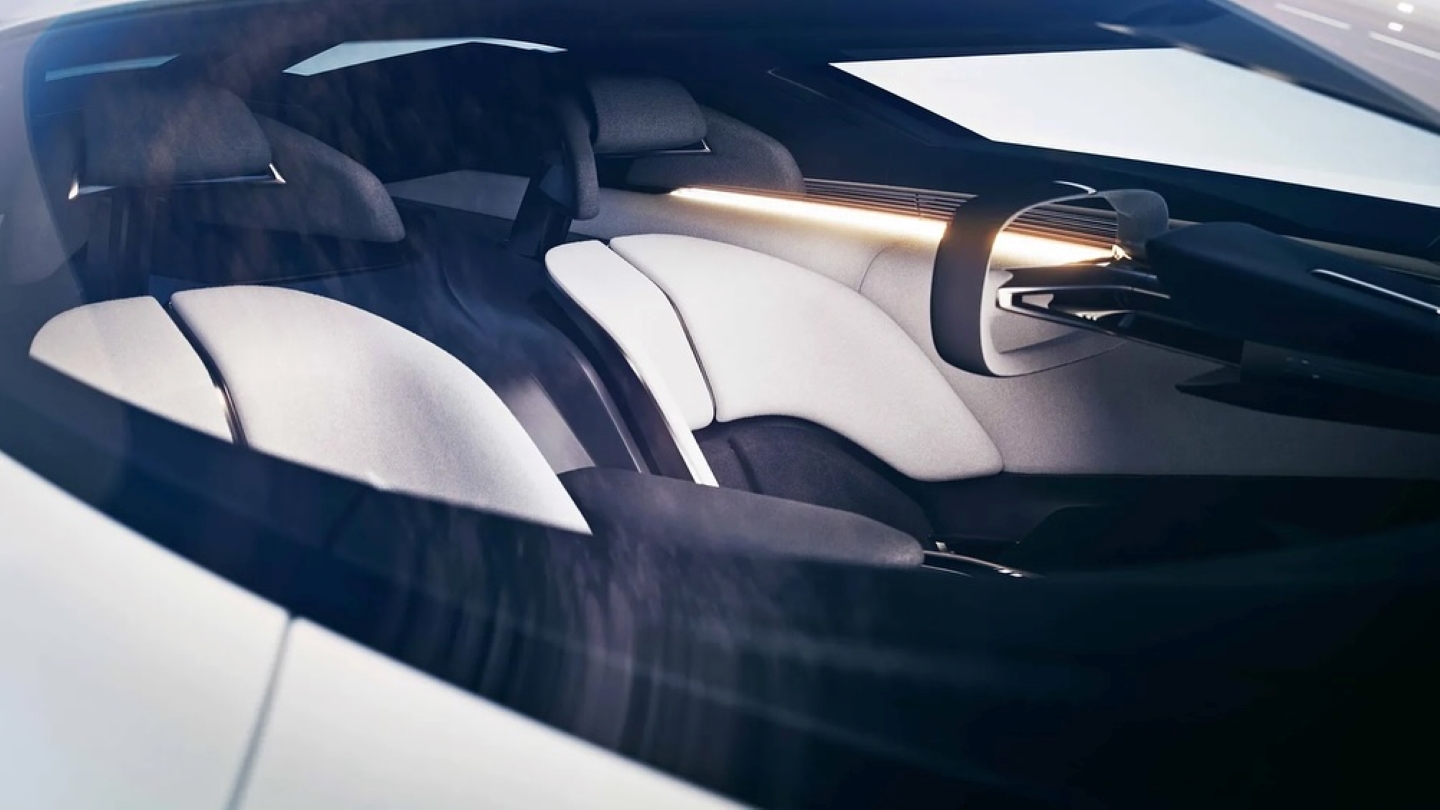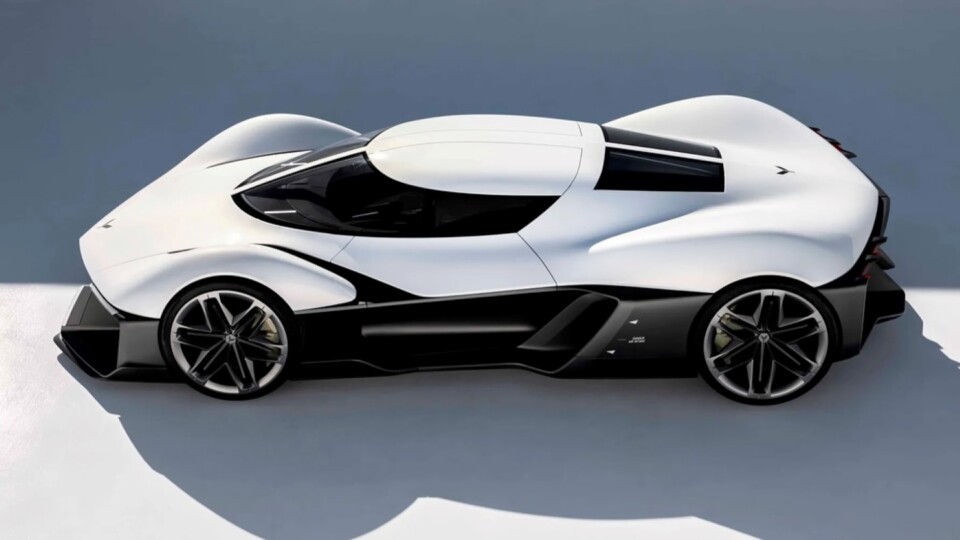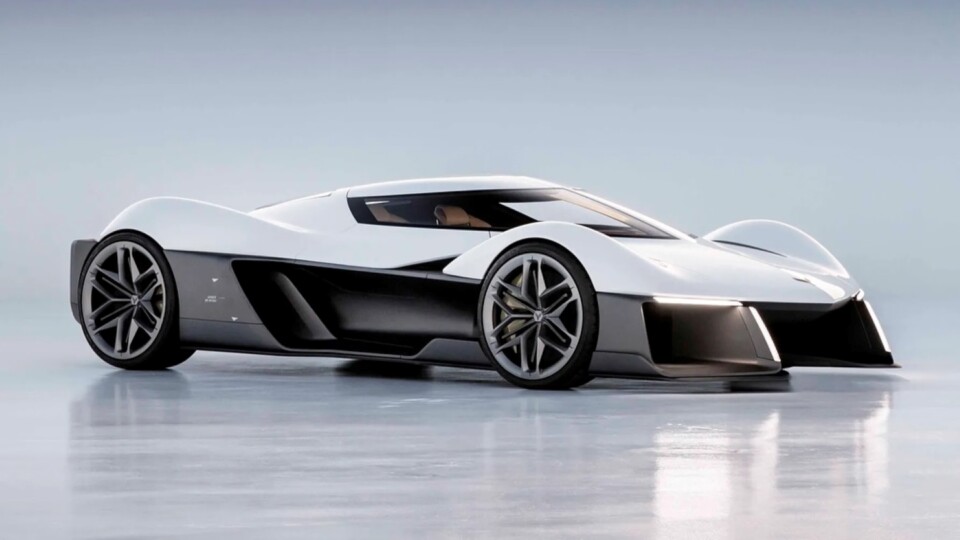The current C8 generation Corvette production began in February 2020, five years ago. With the previous C7 generation only lasting five years and the C5 and C6 generation lasting seven and eight years, Chevrolet is getting close to releasing their initial plans for the next generation Corvette. The first official artist rendering for the C9 Corvette concept was from GM‘s all-new global design studio in the UK.
GM has a long history of exploring markets outside the United States for assistance with vehicle design, engineering, and production. The company operates design studios in Detroit, Los Angeles, Shanghai, and Seoul. This spring, it is inaugurating a new global design studio in Royal Leamington Spa, United Kingdom. To commemorate the launch of this studio, they released a teaser for a C9 Corvette concept designed by the team, hinting at features from the next-gen Corvette.
This first concept has already made waves. The design features a dramatic halo-style windshield and a modern twist on the iconic split rear window from the C2 era. Gullwing doors add an extra dose of flair, even if they stray from traditional American sports car aesthetics. With a height of 40.7 inches and width of 85.8 inches, the concept sits lower and wider than the current C8, while its 183.8-inch length is only slightly longer from nose to tail.
As part of the Corvette creative study, we asked multiple studios to develop hypercar concepts, which we’ll see more of later this year. – Michael Simcoe, GM Senior Vice President Of Global Design
With every generation of Corvette comes a new engine introduced into the platform. The C5 debuted the LS in 1997, the C7 debuted the Gen-V LT in 2014, and the C8 debuted the DOHC LT6 and LT7 V8 in the Z06 and ZR1 models. So will the C9 Corvette follow tradition and debut the long-awaited 6th generation small-block V8?
Two years ago GM devoted 854 million dollars of its budget to facilities to machine parts and assembly the next-gen small-block. Many have long speculated that the next V8 will not be a pushrod design, but a DOHC design based loosely on the LT6 from the Z06, as strict emission standards make it difficult to get the power out of a two-valve pushrod design while meeting those standards.
As a concept, no details about the powertrain have been released. However, GM’s announcement suggests that it incorporates “EV battery technology embedded into the structure,” indicating that this future Corvette might be electric or hybrid like the current E-Ray. Additionally, the design could feature active aerodynamics for enhanced downforce.
The new UK-based studio is led by the renowned Julian Thomson, who has contributed to iconic vehicles such as the Lotus Elise S1, Range Rover Evoque, and modern Jaguar models (the ones before their recent EV rebranding). If this first design is any indication, it’s hoped that the work produced by the team will be more visible in the future, unlike many concepts that often remain hidden.
According to GM, the U.K. team was given the opportunity to approach the Corvette nameplate from a fresh perspective, starting with a completely blank page. Although GM has not announced any specific plans for production related to this design, the automaker intends to showcase various interpretations from its design studios throughout the year.
Michael Simcoe, GM’s senior vice president of global design, stated, “As part of the Corvette creative study, we asked multiple studios to develop hypercar concepts, which we’ll see more of later this year. It was important that they all pay homage to Corvette’s historic DNA, but each studio brought their own unique creative interpretation to the project. That is exactly what our advanced design studio network is intended to do – push the envelope, challenge convention, and imagine what could be.”




